Looking for the perfect cabin for your cruise? That’s understandable. While cruises might have several port stops, given the average time spent in port of just 8-9 hours per day, the vast majority of your vacation is spent aboard the ship. So having a great room to return to each day is a nice thing to have.
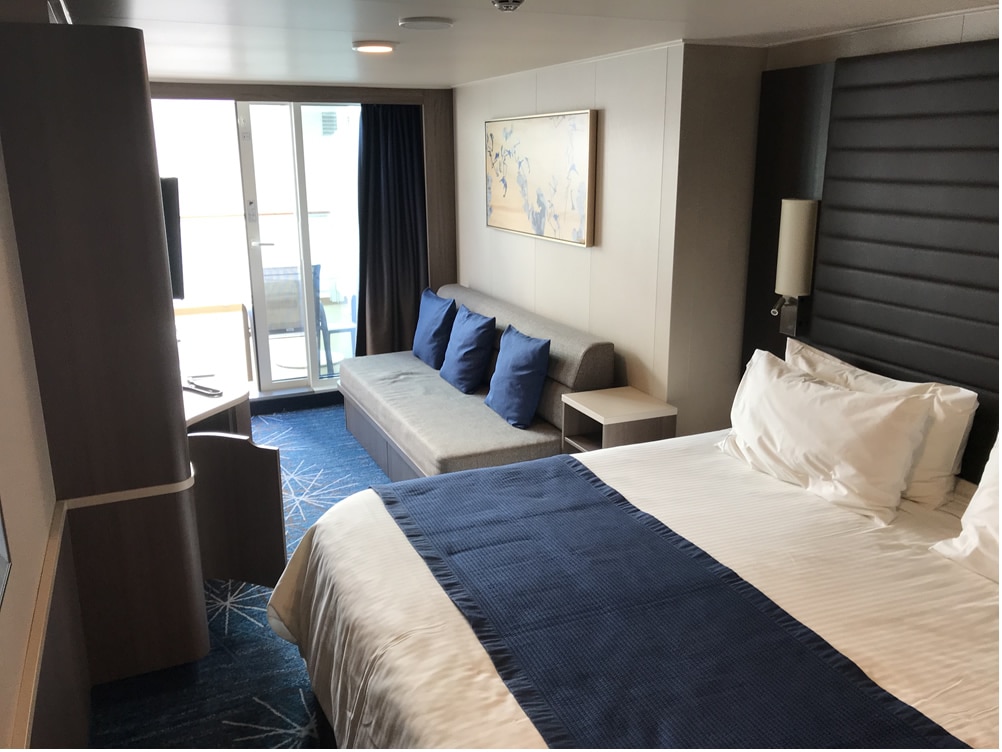
But picking the right cruise cabin isn’t just about picking the one that’s the biggest or most luxurious. As with everything else, there are trade-offs. Remember that the bigger and nicer the room, the more expensive it will be.
As well, there are all sorts of smaller factors to consider that you may not realize until you’re in your cabin and realize it’s not as perfect as you thought it would be. Below, we dive into 11 different things for you to consider when selecting your cabin so that your “home away from home” can be as perfect for you as possible.
Cabin Type (Nicer Is Better, But More $$$)
Of course, the most important choice in selecting a cabin is the type of room you’ll sail in.
The most basic room is an interior cabin. Just like it sounds, it’s on the inside of the ship which means no windows. It’s also usually smaller then any other type of room. It’s definitely no frills, but with it also comes a lower price than other cabins.
Moving up, you also have oceanview cabins that feature a window and more space, and balcony rooms that give you a small private balcony where you can enjoy sitting outside and watching the waves go by.
The highest class of room is the suite, which can vary widely from essentially a balcony cabin with a little extra room to two-story apartments with their own hot tub and other amenities.
The experience in each cabin can obviously be very different. There is a big jump from staying in an interior cabin versus having your own balcony, and that can have an impact on your vacation.
Cabin Cost (Perhaps the Most Important Factor for Many)
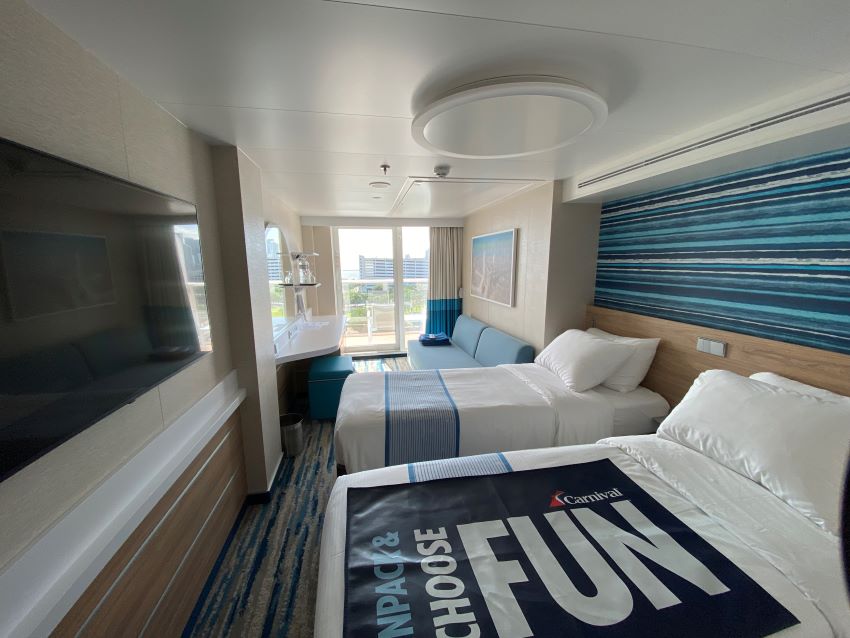
When selecting a cabin, if cost were no issue then we’d all choose to stay in high-end suites. But there is absolutely a price difference between rooms, and it will be a major factor in your choice of cabin.
As mentioned, interior rooms are least expensive and the price increases as your move up in type. So you can take the same exact cruise as someone in a suite, but spend potentially hundreds or thousands less by staying in a simpler cabin. Still, given the time spent on the ship, having a nicer room can definitely be worth it for some people.
One other thing to note is that prices don’t always see huge jumps for higher-grade cabins. Depending on supply and demand, you can occasionally find nicer rooms for just slightly more than a lower-tier room. So if you are on a budget, don’t automatically count out nicer cabins like balcony rooms. They may only be slightly more expensive for your specific cruise.
Your Vacation Style (A Big Factor Often Overlooked)
Before you pick your cabin, it’s a good idea to give some thought to how you’ll vacation. This will play in directly to which room type will make the most sense for you.
For example, are you sailing on a three-day trip to the Bahamas just to let loose for a weekend? If so, you likely won’t spend much time in the cabin outside of sleeping, so booking an interior is a good choice. You’ll have a room, but will be spending most of the trip somewhere else.
On the other hand, if you are the type who enjoys peace and quiet or plan on sailing a longer cruise, then having your own balcony and a room that you enjoy spending time in makes more sense. In this case, splurging on a nicer, roomier cabin can be well worth the money.
It’s common sense that a nicer cabin is better, but it may simply not be worth the extra cost if you aren’t going to take advantage with how you plan to vacation.
Special Groups of Cabins (Could Make a Big Difference)
Sometimes it’s a full-fledged “resort within a resort,” or maybe it’s just a special group of rooms. When searching for the perfect cabin, however, you need to keep these spots in mind.
For example, Norwegian Cruise Line offers “The Haven” on many of its ships. This is a group of upscale rooms that have their own private entry, restaurant, sundeck, and other amenities. It’s often referred to as a “resort within a resort” and is designed for those looking for a more luxurious experience while still getting the benefits of a large ship.
Carnival offers Havana rooms on some ships that are styled differently and give access to special pools that the rest of the passengers can’t normally enjoy. There are also Family Harbor rooms that offer family-friendly features like a group lounge on the floor with games and snacks.
Not every cruise ship has these special groups of rooms but they could be ideal for your situation.
Hallway Noise (End of Hall = Quieter)
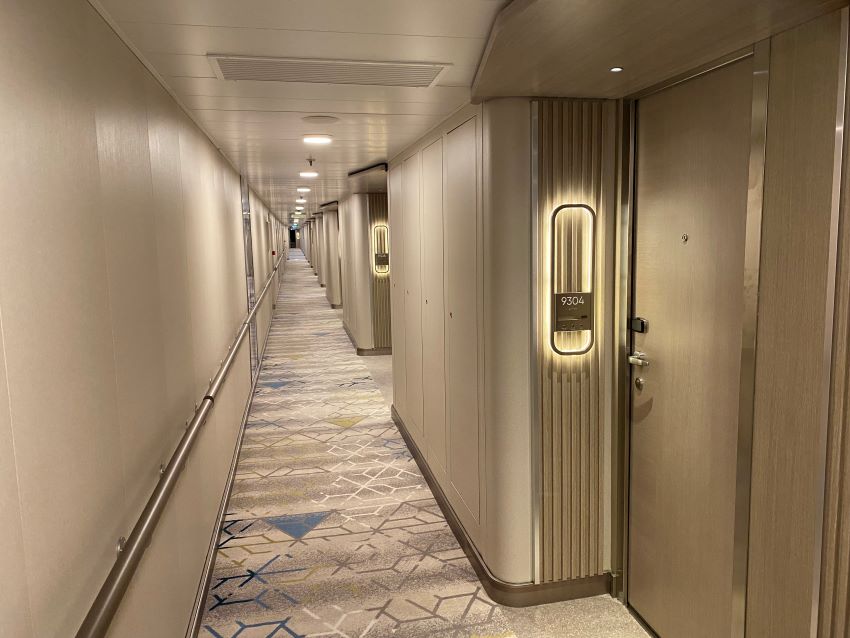
While it’s one thing to enjoy the buzzing atmosphere of the cruise ship, it’s another to still hear it when you are trying to get some sleep. Everyone knows that rooms by elevators might be a little noisier, but you also need to consider your spot in the hall.
Cruise ships are laid out with long hallways that run the length of the ship. On either side are cabins. If someone simply walks down the hall, you aren’t going to hear them. But if they are stomping down the hall or talking loudly, then you definitely can. It’s not fun to be sound asleep at 1 a.m. only to be woken up by people coming back from the bar. And yes, it can happen.
That’s why cabins located on the far ends of the hall can be nice. By the time you get toward the end of the hall, the foot traffic is down considerably, meaning a quieter spot for your room.
Forward, Middle, or Aft? (It Doesn’t Matter Much)
Whenever you book your room, in most cases you’ll be asked if you want your cabin to be located forward on the ship, in the middle, or at the back.
So what’s the difference between these locations? In most cases, not that much. There is some benefit to being closer to amenities you want to enjoy. So being in the back of the ship closer to the dining room means a shorter walk come mealtime.
In reality, however, people are usually all around the ship. You may go mid-ship to sit by the pool, then to the back to get a meal, then to the front for a show, and back to the middle to visit the casino later.
So if you are agonizing over which part of the ship to be in or being offered a cabin in one part or another, we don’t think it’s that big of difference.
Deck Level (Where We Like Best)
If there isn’t much difference between being forward or aft, it’s the exact opposite in our eyes when it comes to deck level.
Today’s modern ships can have as many as 20 different decks, and older ships can easily have a dozen or more. So what’s the best location? We like to stay on a medium to high-level deck.
Not every ship is the same, but there are usually about three decks in the middle of the ship (say, decks 5-8) that feature a promenade or atrium, shops, restaurants, the casino, and the like. When it comes to inside the ship, these decks are the focus of activity. At the same time, the higher decks (say, decks 12-14) contain the outdoor features like the pool, sport court, and outdoor bars.
The ideal place to be is somewhere in between these two areas, in our opinion. This gives you easy access to both spots.
With thousands of people on the ship, elevators can be busy no matter the time of day. If you get a room on a lower deck, then you are practically forced to use the elevators unless you want to hike up a dozen flights of stairs to get to the pool.
Having a cabin on one of the “in-between” decks means you can skip the elevator all together and take the stairs to get where you want quickly, or take a much shorter ride.
Know What Is Above, Below, and Beside Your Cabin (Important!)
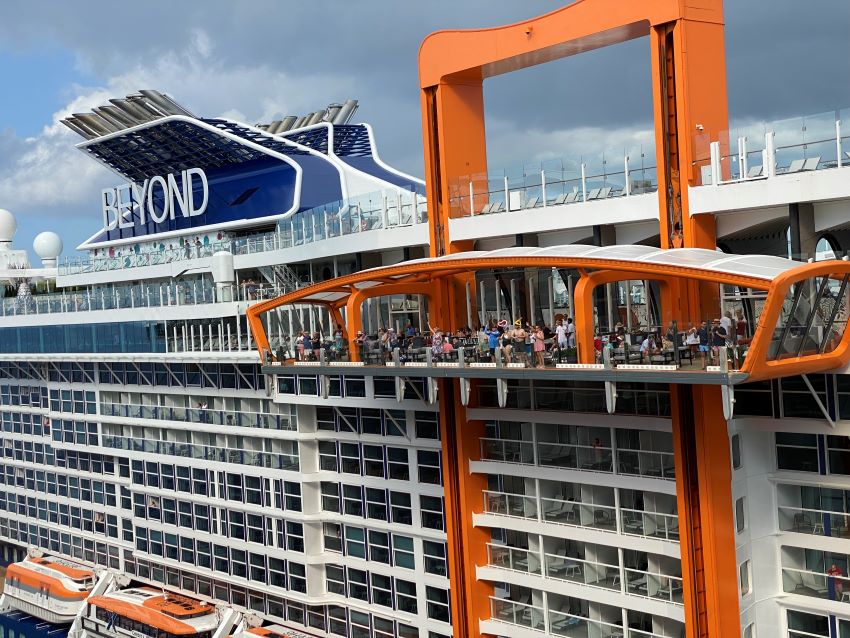
The good news? In general, cabins do a good job keeping outside sounds to a minimum. If your neighbors are talking or watching TV in the next cabin over, you won’t likely hear them. That doesn’t mean you shouldn’t check the ship’s deck plan to see what is around your room, though.
You likely don’t want a cabin underneath the basketball court or one that’s underneath a nightclub. Also be careful of rooms that adjoin loud public spaces. For example, we’ve stayed in Royal Caribbean cabins that feature a window out into the main promenade in the center of the ship. Several nights thumping bass from music being played until midnight made it hard to relax in the room.
Most rooms don’t have any issues like these, but it’s definitely something to keep an eye on when searching for your cabin.
Cabin Size (All Cabins Are Small, But Some Are Tiny)
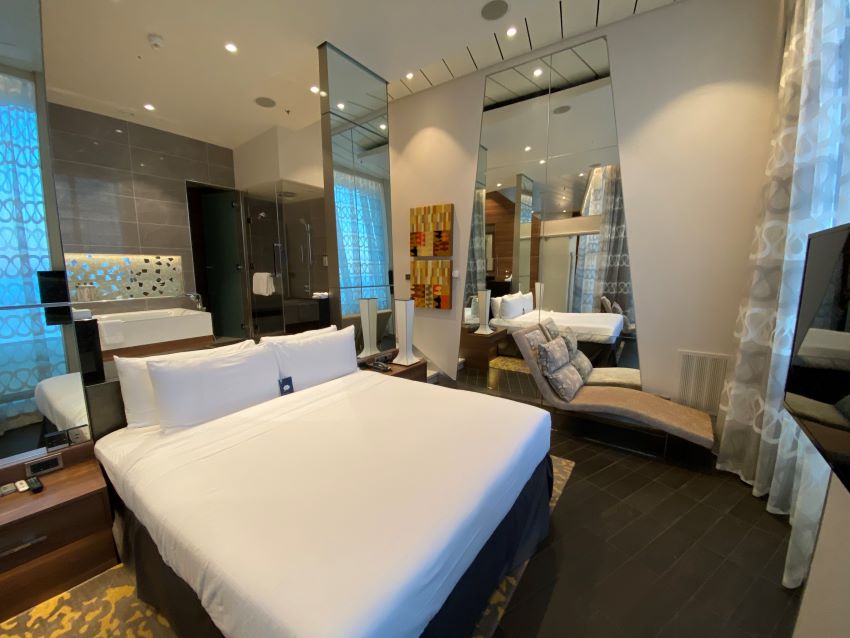
Are you traveling as a couple? Then you might be fine with any cabin on the ship. Outside of suite cabins, the rooms are all “cozy” but with enough space for two adults. A typical cabin is anywhere from 150-180 square feet. If you’re choosing a cabin for more people, however, then pay closer attention to the cabin size.
Whenever you make a booking with three or more people, the cabins offered will be made to accommodate that many guests. So you don’t need to worry about having enough beds. Even so, some rooms are larger than others.
So how do you find the square footage?
Many lines explicitly state the room size when booking the cabin. For other lines, it’s more difficult to find. You might have to resort to looking at the ship deck plans, which are available on each cruise line website or a quick Google search. Here the size might not be listed, but they are to scale, and you can get an idea of the size relative to nearby rooms.
Accessibility (Every Ship Has Them!)
If you’re a special needs passenger, then there is some good news. Cruise ships are great options for those with mobility issues. While most cabins are small, the ship will have a number of options for accessible cabins. This includes features like wider doorways, sloped entrances through door, larger spaces for maneuvering and accessible bathrooms and showers.
Cruise lines make them easy to book, usually with only needing to click a checkbox to find accessible cabins.
That said, if you plan to cruise and want an accessible cabin, be sure to book early. Due to the limited number of rooms, they can go quickly.
Picking Your Own Room Vs. Having One Assigned (Possibly Save $$$)
Finally, when you’re booking you might have a tough choice to make. Some lines will offer you the ability to choose your exact room, or for a lower fare, you can have the cruise line select it for you. So for example, a balcony cabin might cost $600 per person if you choose it but only be $540 if you let the cruise line pick.
Of course, the risk is that you’re going to be stuck with a bad cabin on the lowest deck next to the elevator if you let the cruise line pick. In our experience, that normally isn’t the case. Twice we have selected basic interior cabins and been upgraded to better rooms. Normally we get the room type we selected and the rooms are perfectly fine.
When you think about it, not being able to select your specific room is commonplace in hotels and resorts. Why would it be different on a cruise ship?
Still, you can select your room if you prefer, just be prepared to pay more for the privilege.
Bottom Line: Most Cabins Are Great For Your Cruise
If you’re feeling anxious about booking the perfect cabin, don’t be. While there are a number of things to consider, the good news is that the vast majority of rooms on a cruise ship are great spots. And even if a room has some things that aren’t quite perfect, they are far from something that will ruin your vacation.
Instead, if you focus on the big items like picking the right type of cabin for your trip (inside, balcony, etc.) and a spot that isn’t going to be right under a busy part of the ship, then everything else just adds up to be minor details.
Related Articles:
- Should I Book an Interior or Balcony Cabin on my Cruise?
- The Single Most Important Cruise Cabin Accessory (And It Only Costs $5)
- Everything to Know About Interior Cruise Cabins (Read Before Booking)







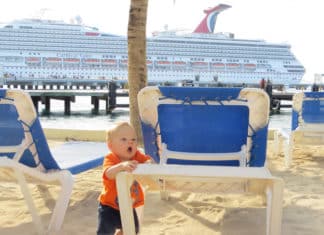


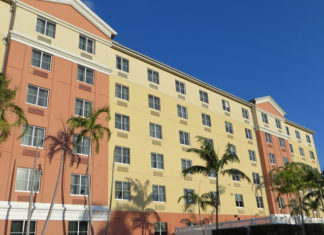


Fantastic article as always! I would add that people who are prone to motion sickness tend to fare better on lower decks towards the middle of the ship (not forward or aft). The likelihood of people getting seasick is so small, but if that is something that is keeping you from taking the leap and booking your first cruise, it may help to know that you can choose a cabin with the least amount of motion possible.